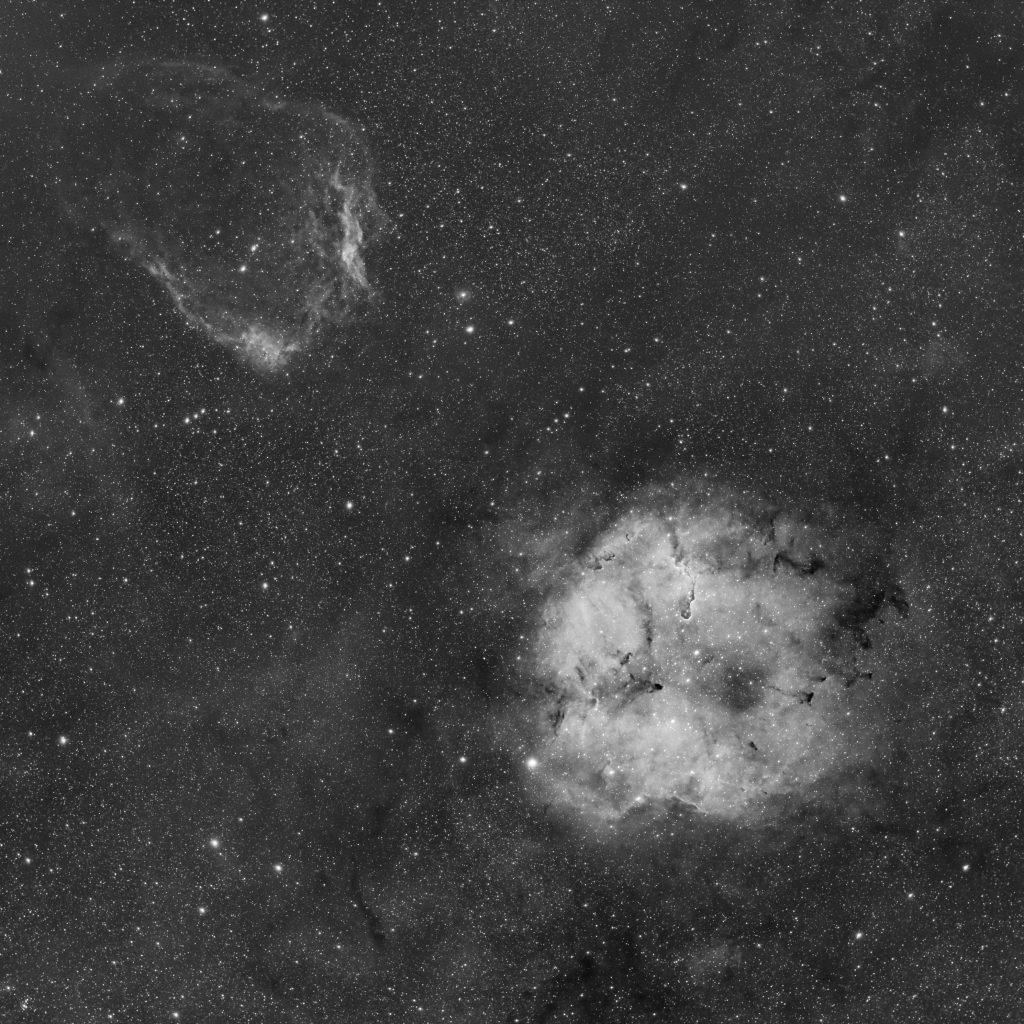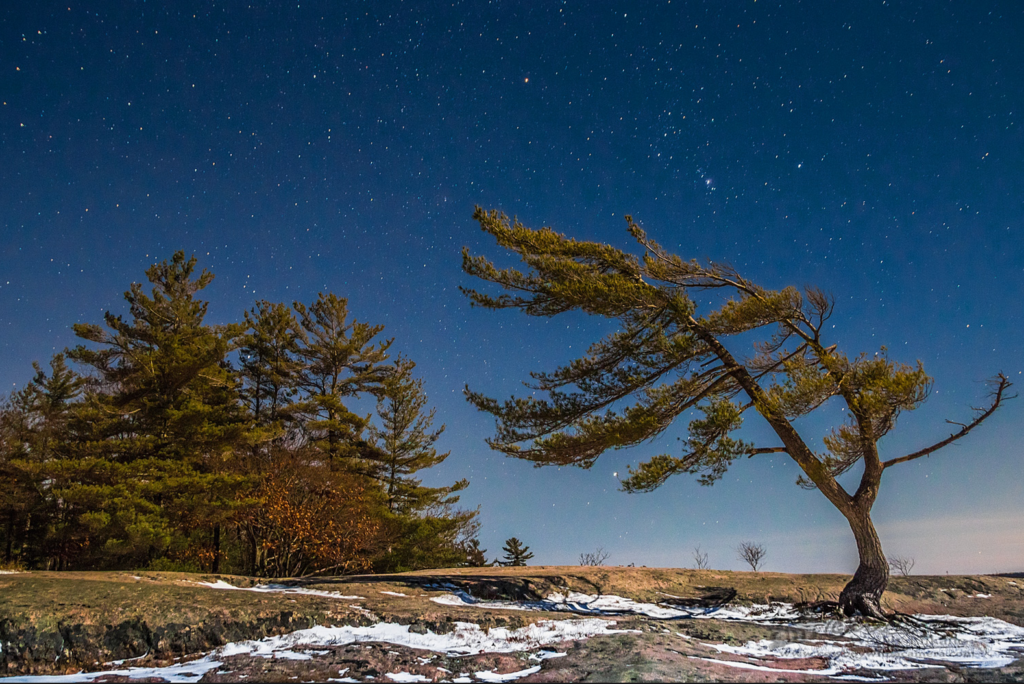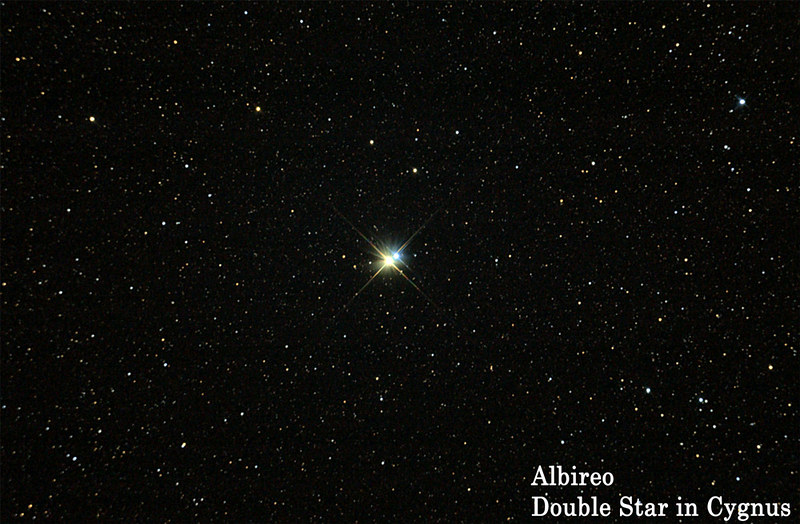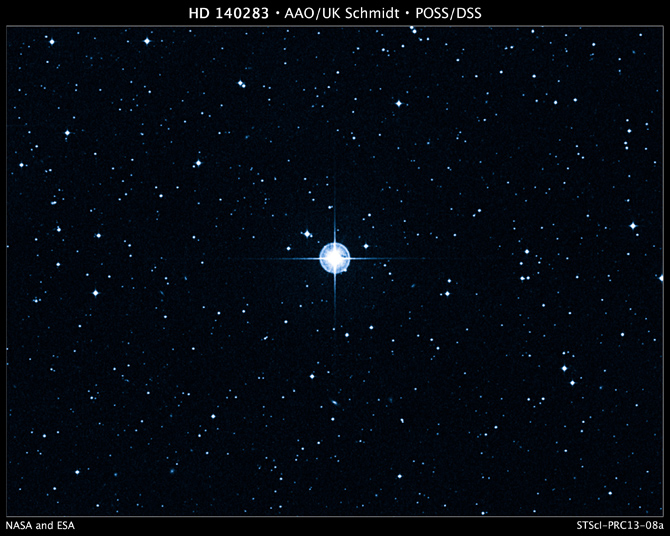
This month we turn our gaze to a field of view about 7o square in the crooked-house of the constellation Cepheus. The field is a little smaller than your closed fist held at arm’s length. In the image above, captured in H-alpha with a small monochrome astronomy camera and a 90 mm lens, you see in this field a pair of spectacular emission nebulae, an embedded star cluster, half-dozen dark nebulae hiding regions of new star formation, and a blazing late-stage star on the verge of blowing itself to bits. [Read more…] about Star Factories in Cepheus
Share This:


